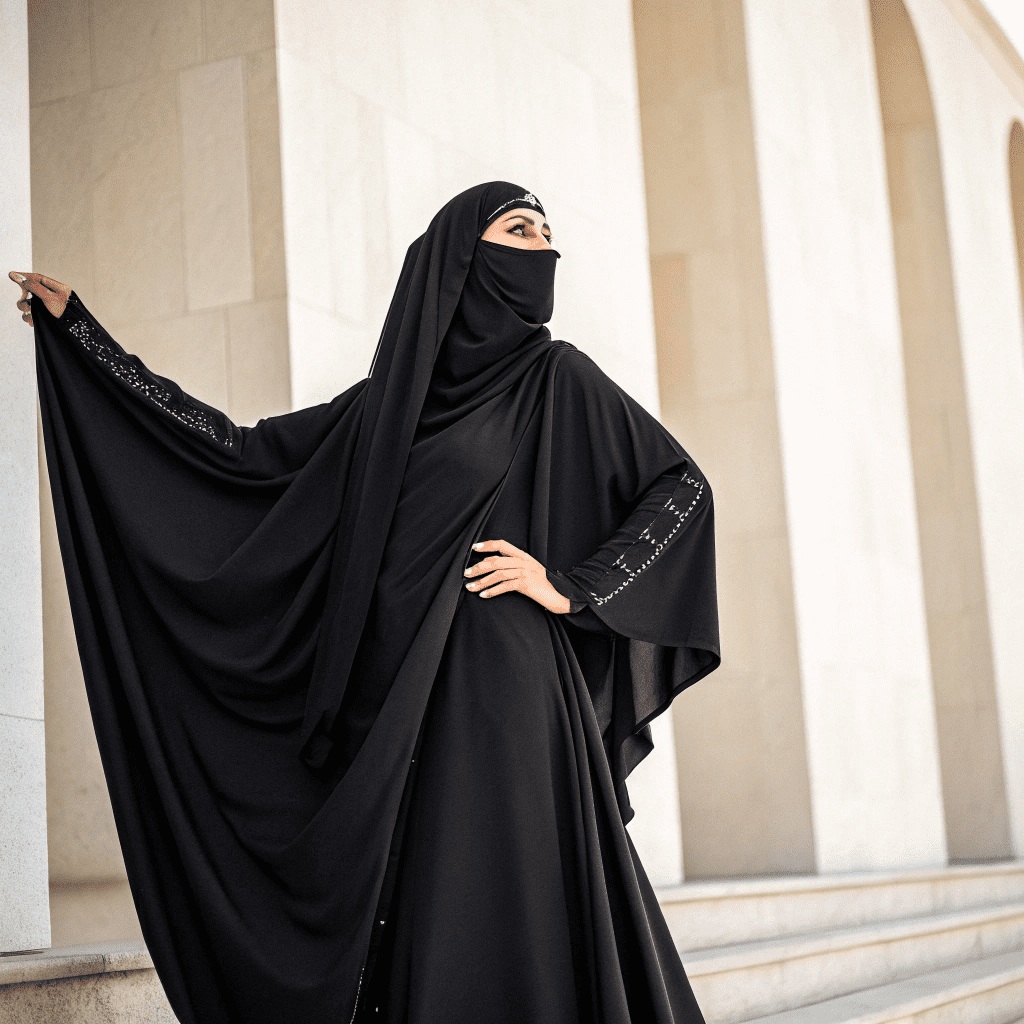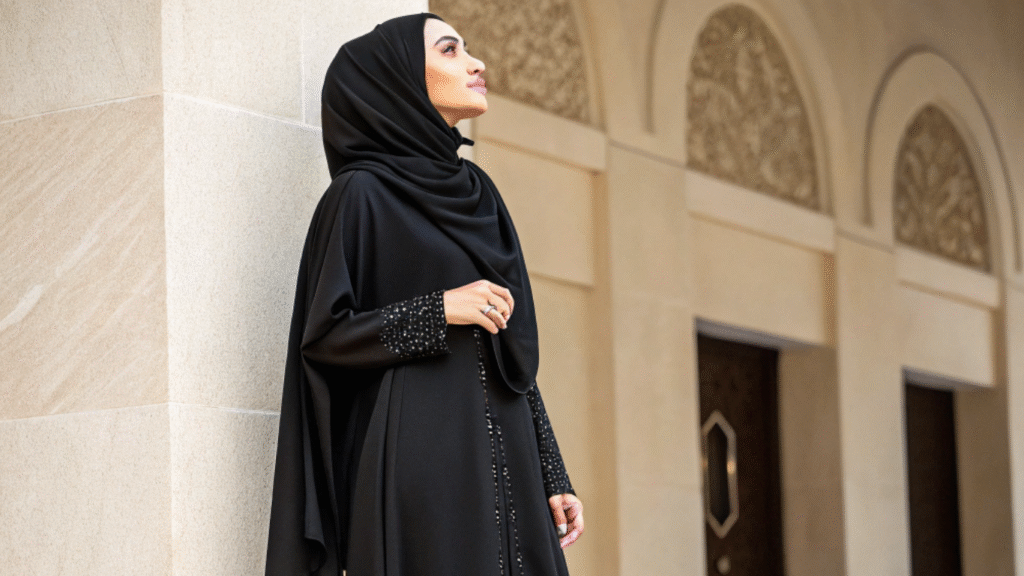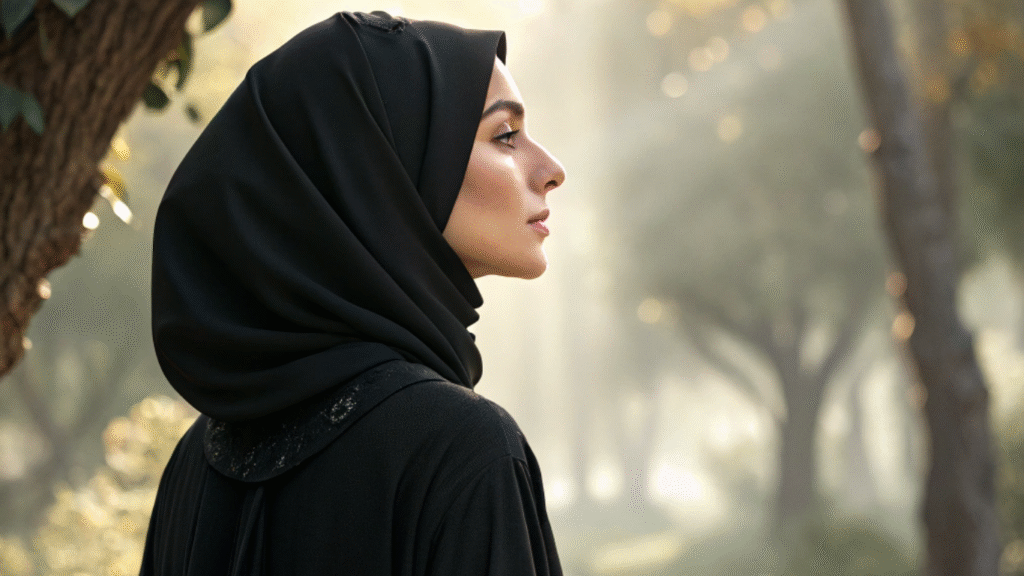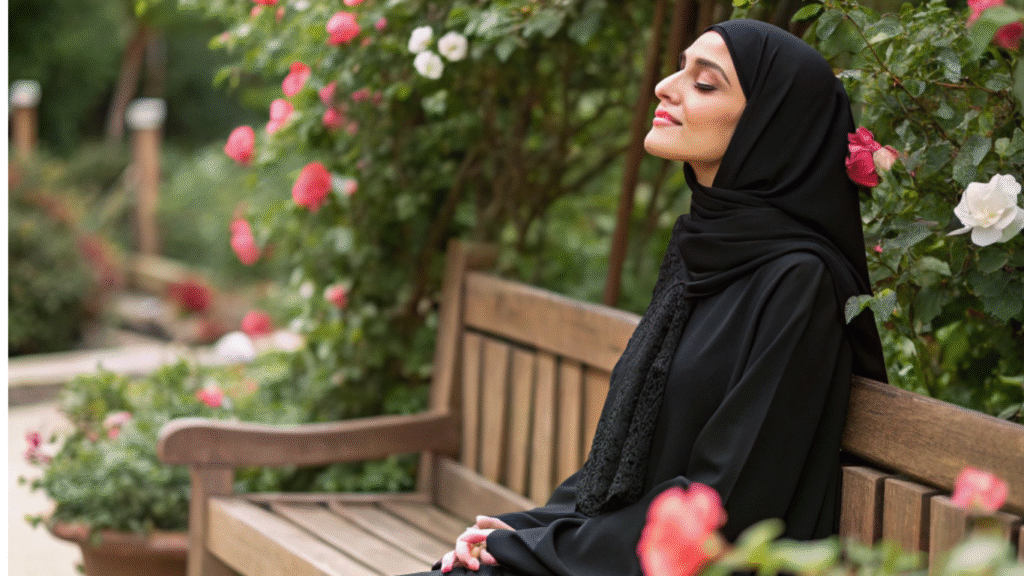The veil, most commonly known as the hijab, stands as one of the most recognized yet frequently misunderstood symbols of Islamic culture. To the casual observer, it may appear as nothing more than a piece of fabric—a religious garment worn out of obligation. But for millions of Muslim women around the world, it is far more than that. The veil embodies modesty, dignity, and spiritual devotion while also serving as a visible marker of identity and faith.
Its roots are not limited to Islam alone but trace back through centuries of human history, where veiling carried cultural, social, and symbolic meanings. With the rise of Islam, the veil was imbued with a spiritual purpose—transforming it into an act of worship, self-respect, and conscious choice. In the modern world, the veil continues to hold its place as both powerful and graceful, a practice that unites tradition with personal conviction, and faith with everyday life.
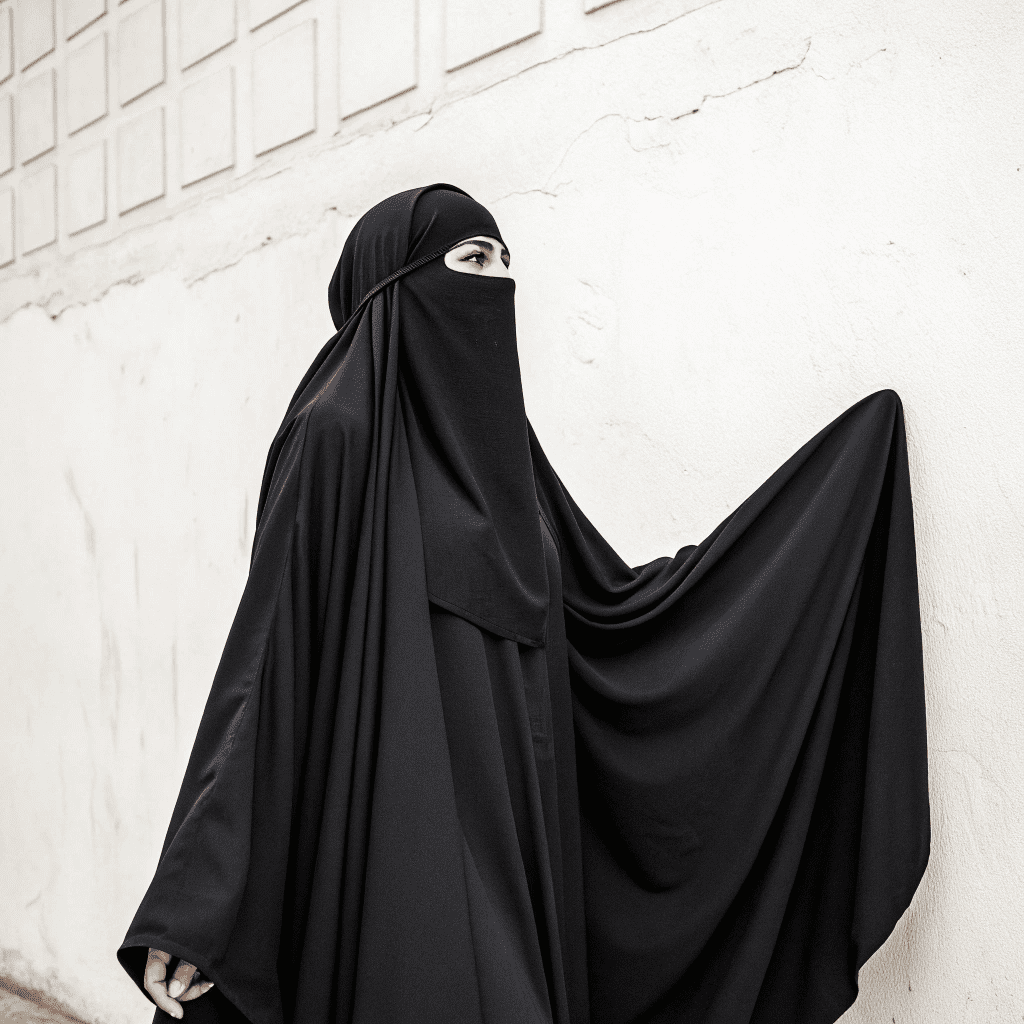
The Veil Before Islam
Veiling practices have a history that stretches far beyond the rise of Islam. In many ancient civilizations—such as Persia, Greece, and the Byzantine Empire—women wore veils as markers of status, respectability, and social standing. In these societies, veiling was often a privilege reserved for the elite or aristocracy. It signified separation from the masses and reinforced class distinctions. The veil, in this context, was more cultural than spiritual, reflecting hierarchy and societal roles rather than personal devotion.
When Islam emerged in the 7th century, it transformed this practice by giving it a new purpose and meaning. The Qur’an and the teachings of the Prophet Muhammad ﷺ encouraged modesty for both men and women, but for women, the veil became a visible expression of that principle. No longer tied to wealth or social status, the veil in Islam represented faith, humility, and submission to Allah. It shifted from being a cultural symbol of exclusivity to a spiritual practice open to all women, regardless of class or background.
Through this transformation, veiling became democratized—accessible to every Muslim woman who chose to embrace it as an act of worship, dignity, and personal discipline. This spiritualization of the veil marked a significant departure from its pre-Islamic roots, making it one of the most enduring symbols of Islamic identity.
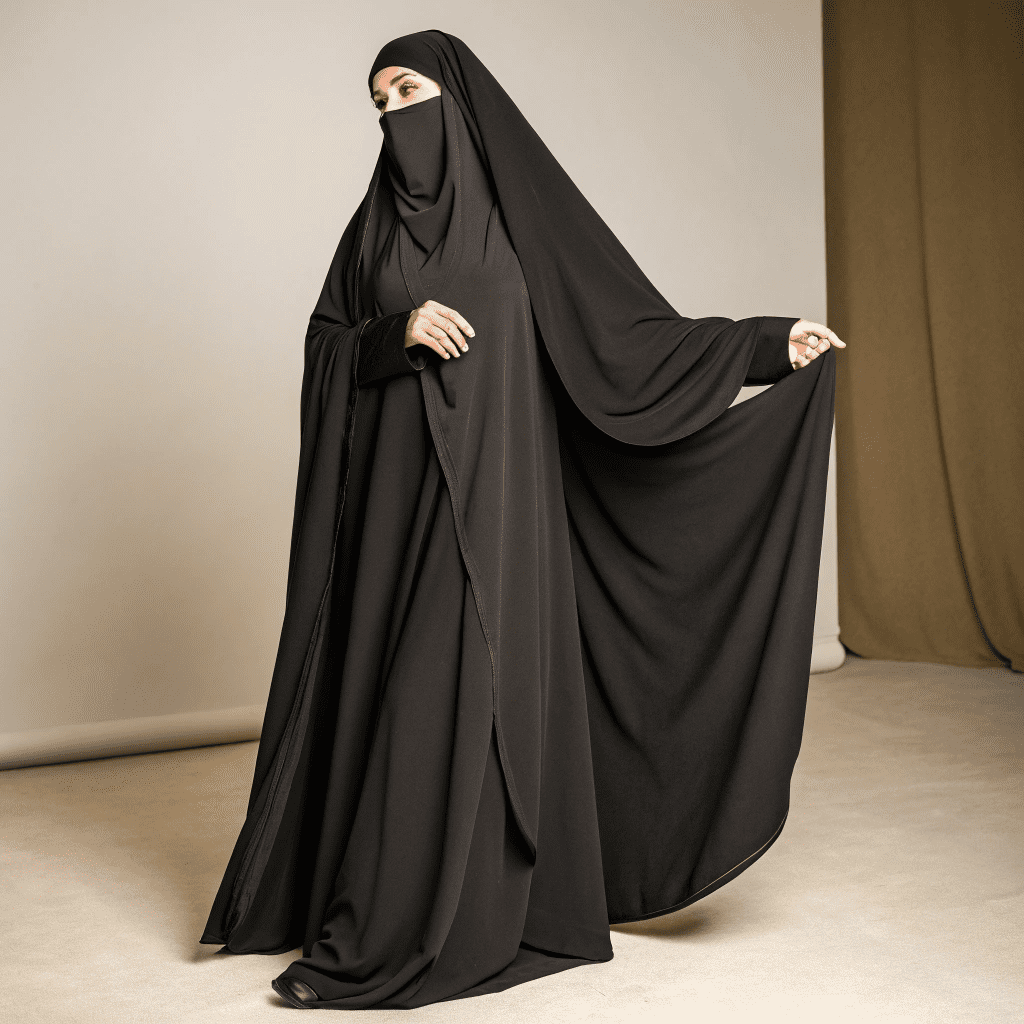
Modesty: A Core Islamic Value
In Islam, modesty is a deeply rooted value taught to both men and women. It is not confined to clothing alone—it is a holistic way of life that shapes how one speaks, behaves, and interacts with others. Modesty encourages humility, respect, and self-awareness, reminding believers that true beauty lies in character rather than outward appearance.
For women, the veil is one expression of this principle. By covering, they fulfill an important aspect of Islamic guidance on modesty while also preserving a sense of privacy and dignity in public spaces. The veil becomes more than just a garment—it is a shield of self-respect and a declaration of spiritual awareness.
Equally important is the fact that for many women, wearing the veil is a conscious and personal choice. While outsiders often assume it is imposed, countless Muslim women embrace it willingly as part of their identity and devotion. To them, the veil is not a restriction but a form of empowerment—a way to decide how they wish to be seen and what they wish to protect.
Above all, the veil serves as a daily reminder of a Muslim woman’s relationship with Allah. It symbolizes her commitment to live a life guided by faith, balancing her inner spirituality with her outer expression. Through it, she honors both her values and her individuality, proving that modesty and strength can exist side by side.
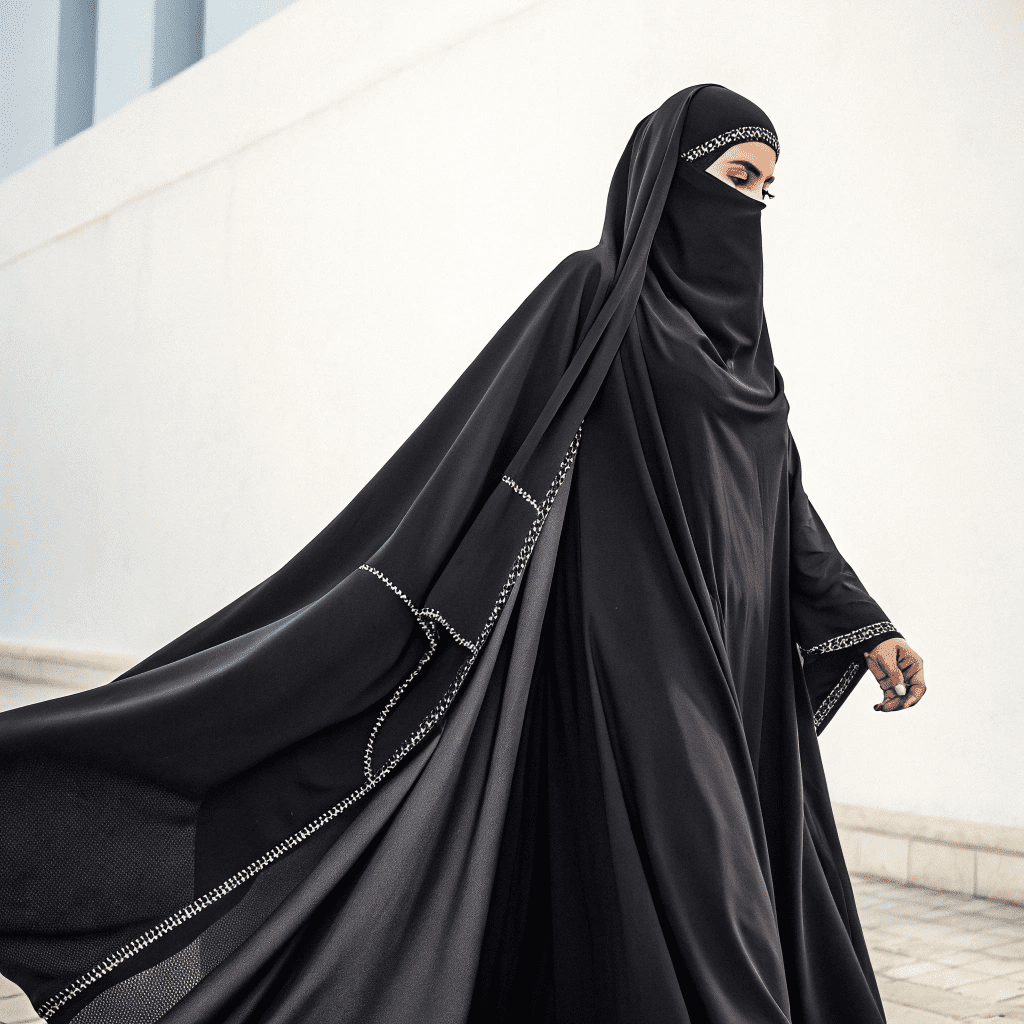
A Diversity of Styles
The veil is not one-size-fits-all. Across the Muslim world, women wear a variety of coverings, each shaped by culture, geography, tradition, and personal preference. This diversity makes the veil a deeply personal expression of modesty and identity, while also uniting women under a shared spiritual purpose.
Hijab: Perhaps the most recognized form, the hijab is a scarf that covers the hair, neck, and sometimes the shoulders, but leaves the face visible. Its versatility has made it a global symbol of modest fashion, with countless styles, fabrics, and colors to match any occasion.
Niqab: The niqab covers the face, leaving only the eyes visible. For many women, it represents a heightened form of modesty and privacy. Despite common misconceptions, many who wear it describe it as a personal choice that empowers them to control how they are seen in public spaces.
Khimar: The khimar is a long, cape-like veil that drapes elegantly over the shoulders, chest, and sometimes further down the body. Its flowing style offers both comfort and full coverage, and it has been worn historically in different parts of the Muslim world.
Chador: Worn most commonly in Iran, the chador is a full-body cloak that envelops the wearer in a graceful silhouette. Traditionally black, it is a garment closely tied to both cultural heritage and religious devotion.
Shayla & Al-Amira: These are popular in the Gulf region and Southeast Asia. The shayla is a long rectangular scarf wrapped around the head and shoulders in chic styles, while the al-amira is a two-piece, slip-on veil that is practical, simple, and often chosen for everyday wear.
Each of these coverings carries its own history and meaning. Together, they highlight the richness of Islamic modesty: a tradition that is at once unifying and diverse, spiritual and personal, timeless and evolving.

Beauty in Modesty
The veil’s beauty is not confined to its physical appearance—it is rooted in the pure intention behind wearing it. It represents devotion, humility, and a conscious choice to honor faith. Yet, this spiritual foundation doesn’t mean the veil cannot be graceful and stylish. Over the years, Muslim women have embraced creativity within modesty, turning the veil into a symbol of both identity and elegance.
From the luxurious flow of silk and chiffon to the comfortable ease of cotton and jersey, veils today are crafted in fabrics that suit every occasion and season. Soft pastels bring a delicate charm, while bold shades add a confident edge. Subtle prints, textured weaves, or shimmering finishes provide countless options for self-expression—proving that modesty and fashion can walk hand in hand.
Muslim women often enhance their veils with thoughtful details—pins, brooches, pearl accents, lace borders, or intricate embroidery. Each element tells a story, reflecting personal taste while keeping the essence of modesty intact. Coordinating the veil with abayas, dresses, or everyday outfits transforms it from a simple garment into a complete look—elegant, dignified, and deeply personal.
The global rise of modest fashion has further highlighted this truth: covering up is not about hiding—it’s about dressing with purpose, respect, and inner strength. The veil is a testament that modesty can be both an act of faith and a canvas for creativity, allowing Muslim women to celebrate their identity with confidence and pride.
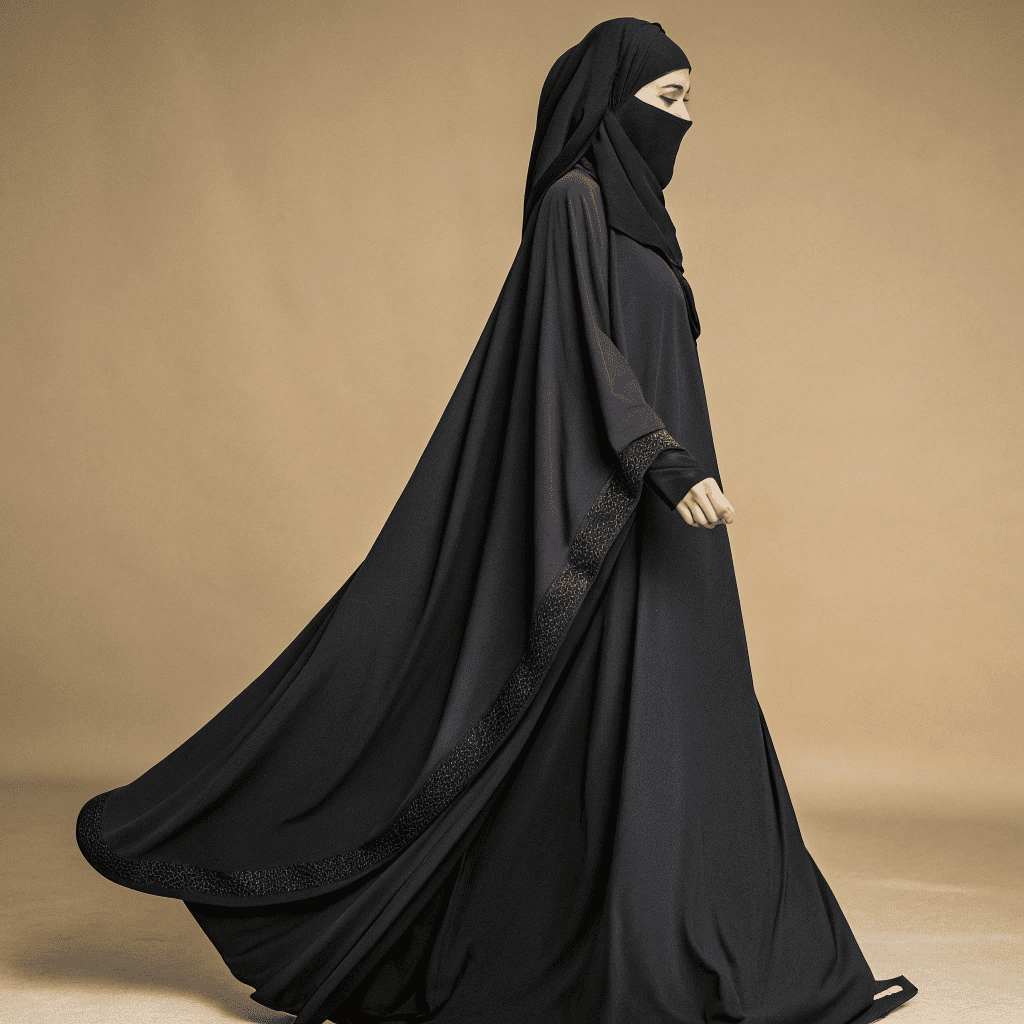
Challenging Misconceptions
One of the most common misconceptions about the veil is that it represents oppression. This misunderstanding often comes from looking at modesty through a purely cultural or political lens, rather than understanding its spiritual and personal significance. For countless Muslim women, wearing the veil is not a sign of submission to society, but a bold statement of empowerment. It grants them the freedom to define how they wish to be seen, shifting the focus away from physical appearance and redirecting it toward character, intellect, and values.
Far from silencing women, the veil amplifies their presence in meaningful ways. Muslim women who wear the veil are students excelling in education, professionals leading in medicine, law, and technology, artists creating with passion, athletes breaking records, and entrepreneurs building global businesses. They are shaping narratives, challenging stereotypes, and proving that faith and ambition are not contradictory—they are complementary.
By choosing the veil, these women are reclaiming agency over their own bodies and identities. They remind the world that modesty is not weakness, but strength; not limitation, but liberation. Their voices, talents, and leadership are changing perceptions, showing that the veil is not a barrier but a bridge between spiritual devotion and worldly success.
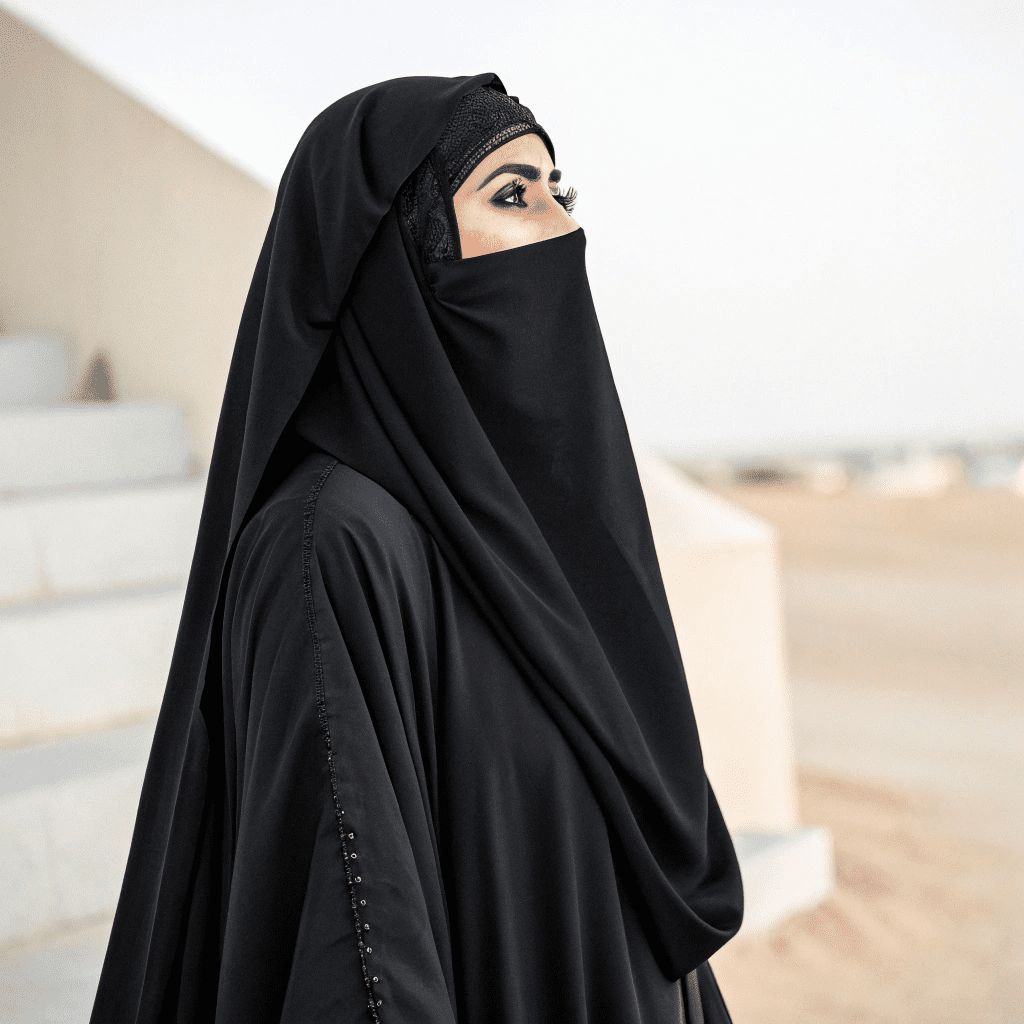
More Than Just Fabric
The veil holds a sacred and special place in the hearts of those who choose to wear it. It is not merely a garment but a profound source of peace, dignity, and pride. In a world that often glorifies visibility, exposure, and constant self-display, the veil presents a counter-narrative—one that values privacy, humility, and spiritual consciousness over fleeting trends.
Wearing the veil is not just about concealing—it is about protecting. It safeguards the sanctity of the self, shielding women from objectification while affirming their worth beyond appearance. For many Muslim women, each time they wrap their scarf or drape their abaya, they are not simply getting dressed; they are reaffirming their faith, declaring their identity, and aligning their outward appearance with their innermost beliefs.
The veil becomes a daily act of devotion—quiet yet powerful. It transforms modesty into a visible expression of strength, reminding the world that true beauty is not in display but in dignity. Far from being a symbol of limitation, it is a declaration of choice, confidence, and spiritual purpose.
To wear the veil is to carry faith with grace. It is to step into the world with a crown of modesty, rooted in centuries of tradition yet deeply relevant in the modern age.
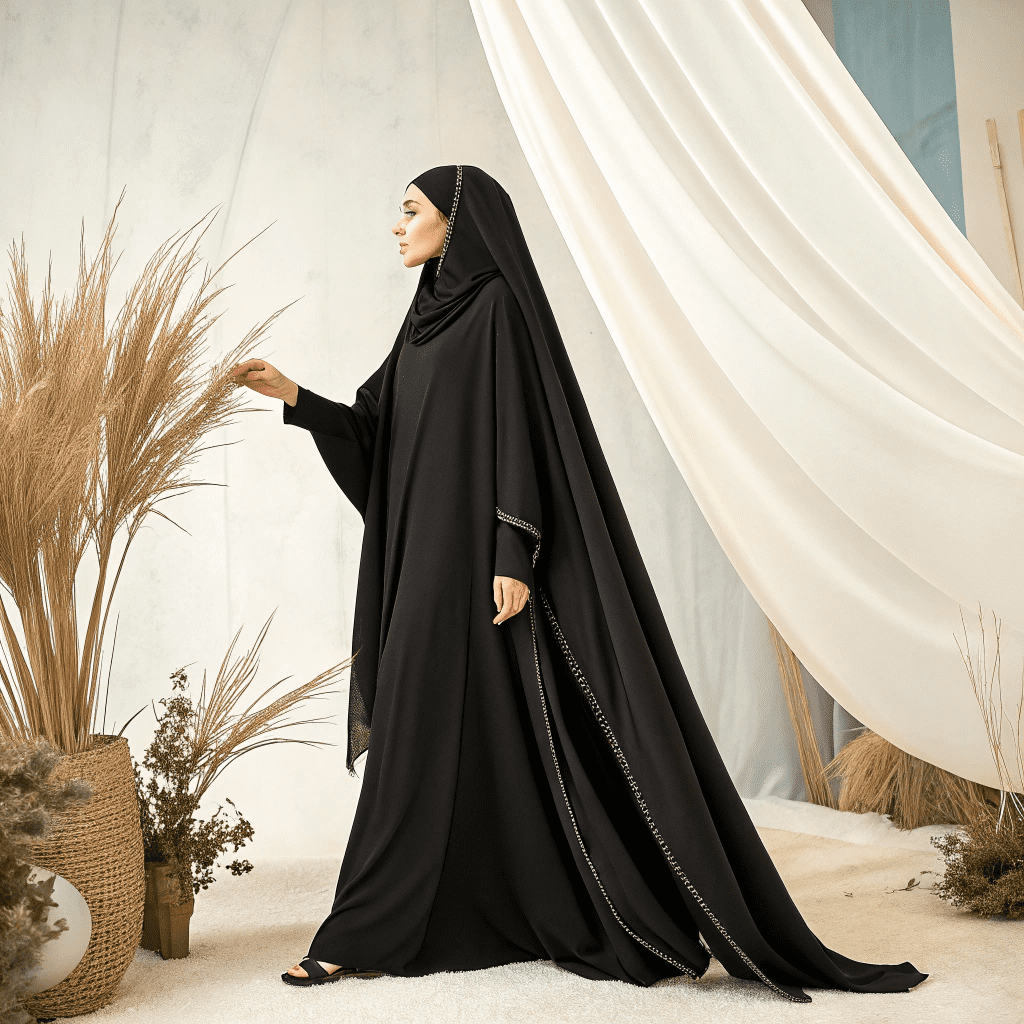
Conclusion
The veil in Islamic culture is far more than a simple garment—it is a living legacy of modesty, dignity, and devotion. For centuries, it has stood as a visible symbol of faith, embodying a woman’s connection to her Creator while also representing inner strength and resilience. Its story stretches across continents and generations, weaving together tradition, culture, and spirituality. Though its fabrics and styles have evolved—sometimes delicate, sometimes bold—the veil’s essence has always remained the same: to protect, to honor, and to preserve the dignity of the Muslim woman.
In every fold of the veil lies a narrative—of mothers passing values to daughters, of women choosing faith over fleeting fashion, and of communities celebrating modesty as beauty. It is not simply what is worn, but what it represents: a conscious choice, a shield of honor, and a crown of empowerment.
As the modern world grows more open to diversity and expression, the veil stands as both a challenge and a reminder. To some, it may appear as a barrier—but for the women who wear it, it is anything but. It is freedom from societal pressures, a statement of identity, and a bridge that connects tradition with personal choice, spirituality with individuality.
Today, embracing the veil means recognizing its beauty not just as fabric, but as faith. It is time we open our hearts and minds to see it for what it truly is: a symbol of strength, not suppression; a reflection of devotion, not limitation; a celebration of faith and femininity walking hand in hand.
